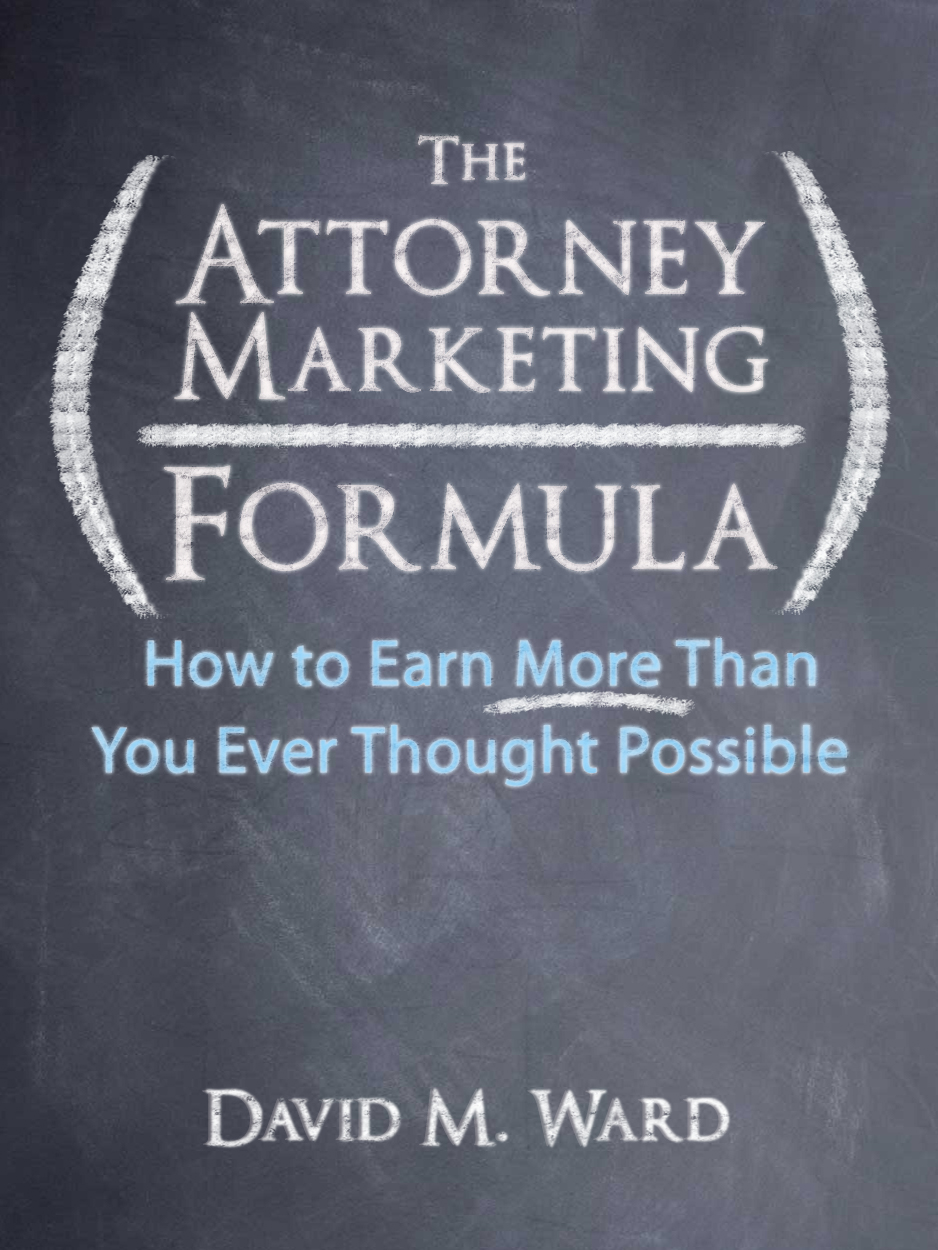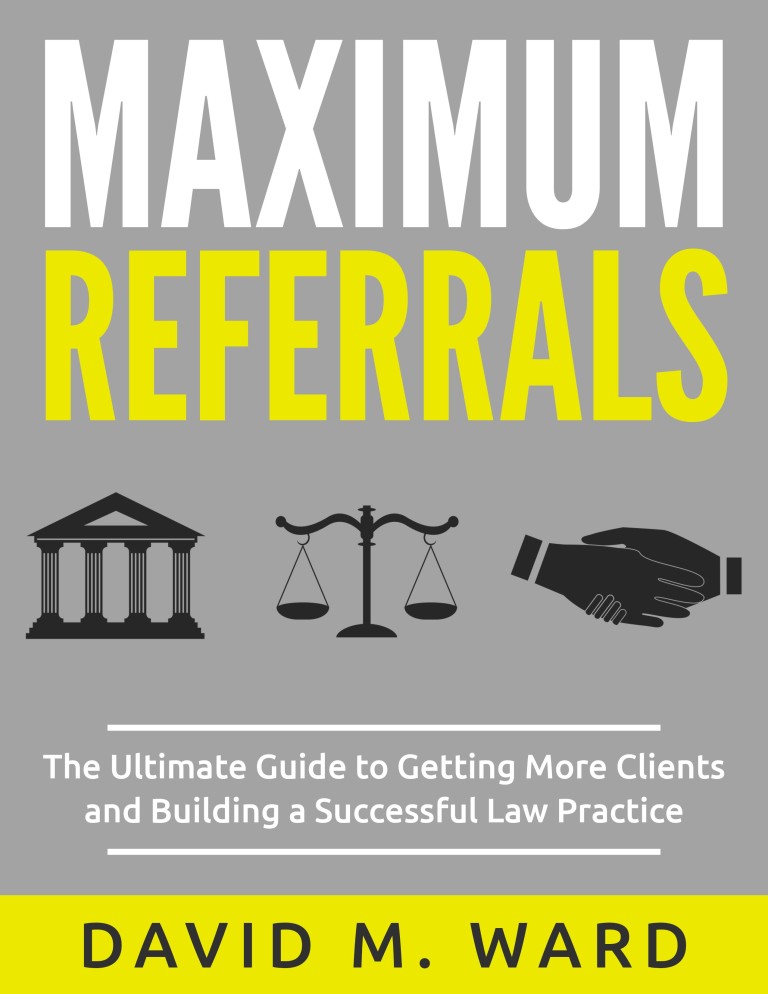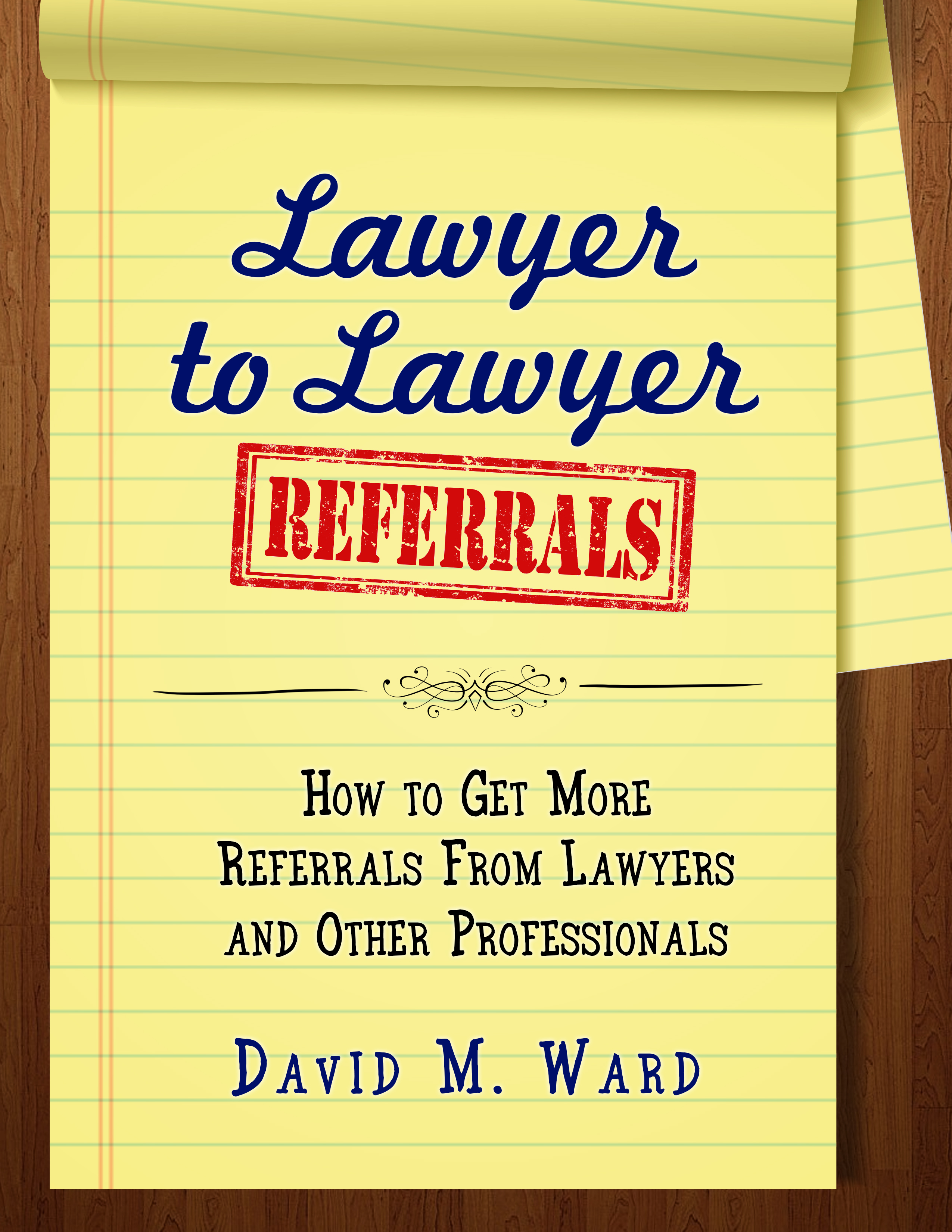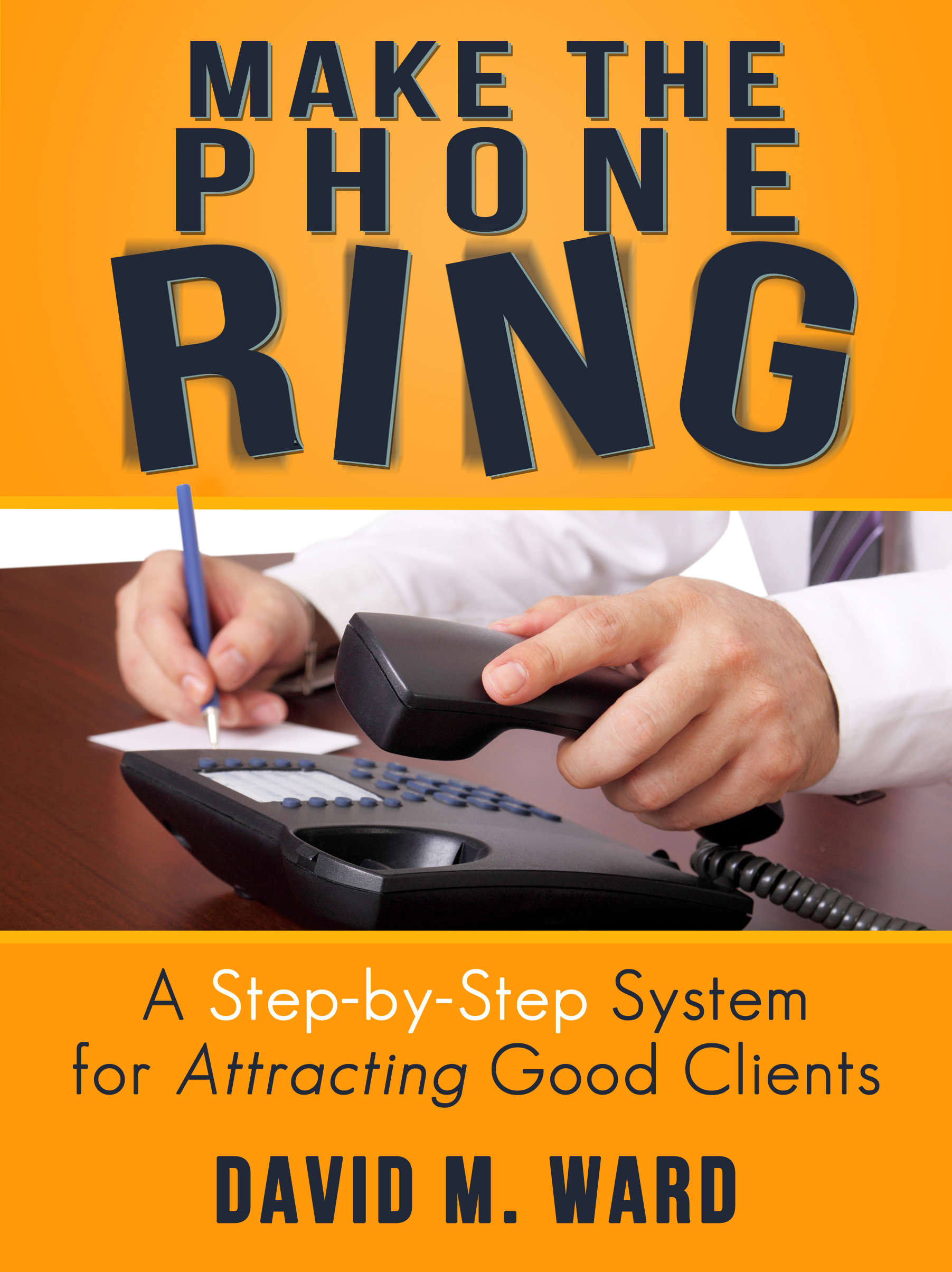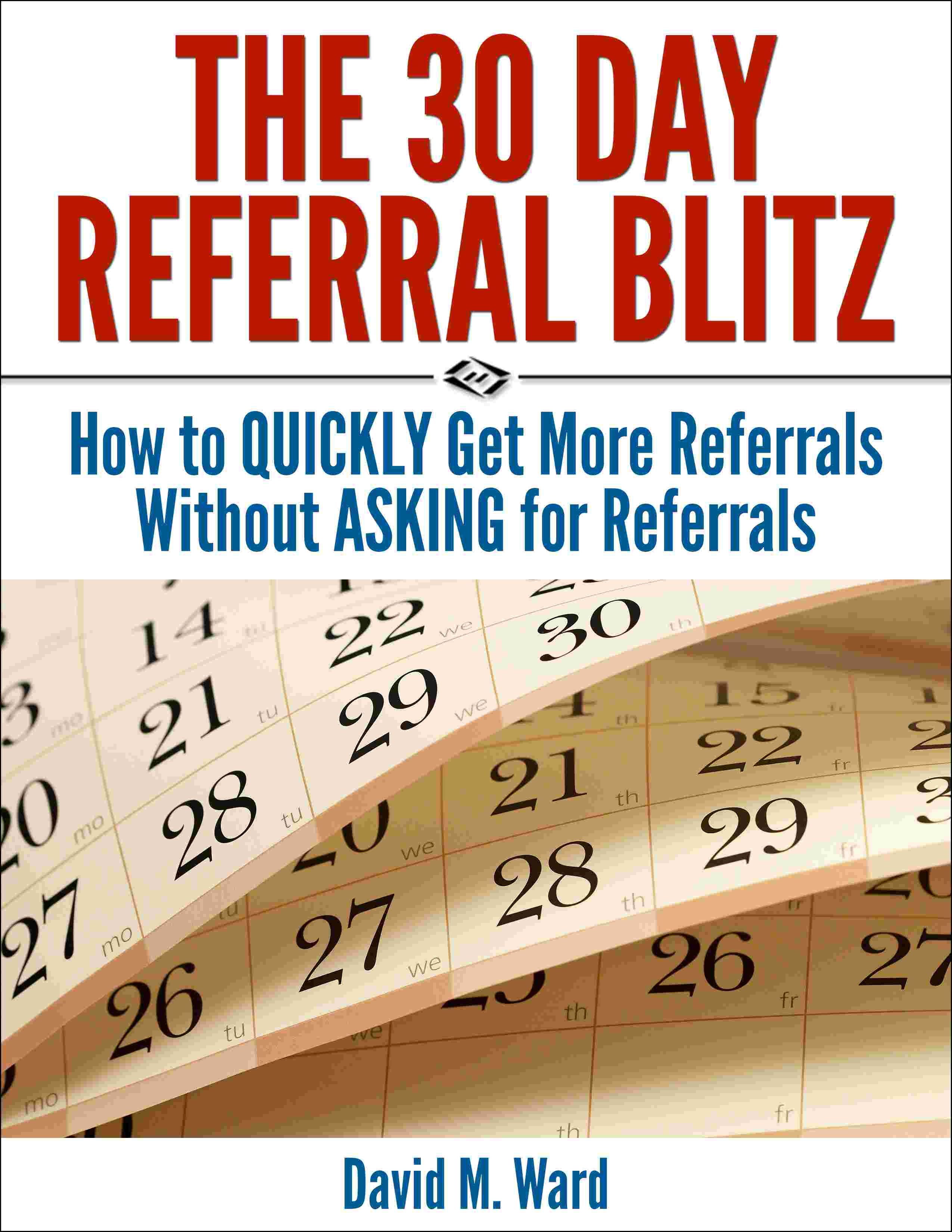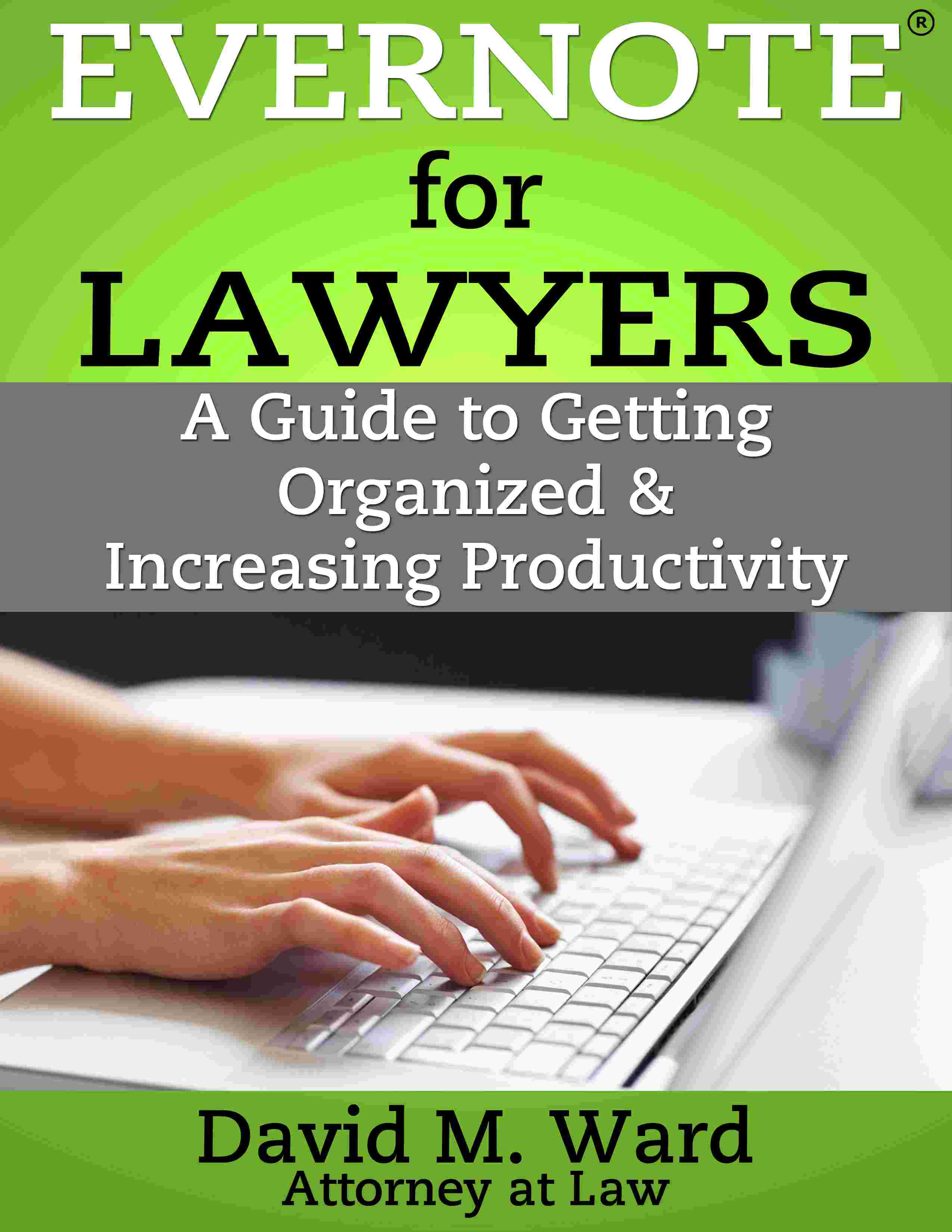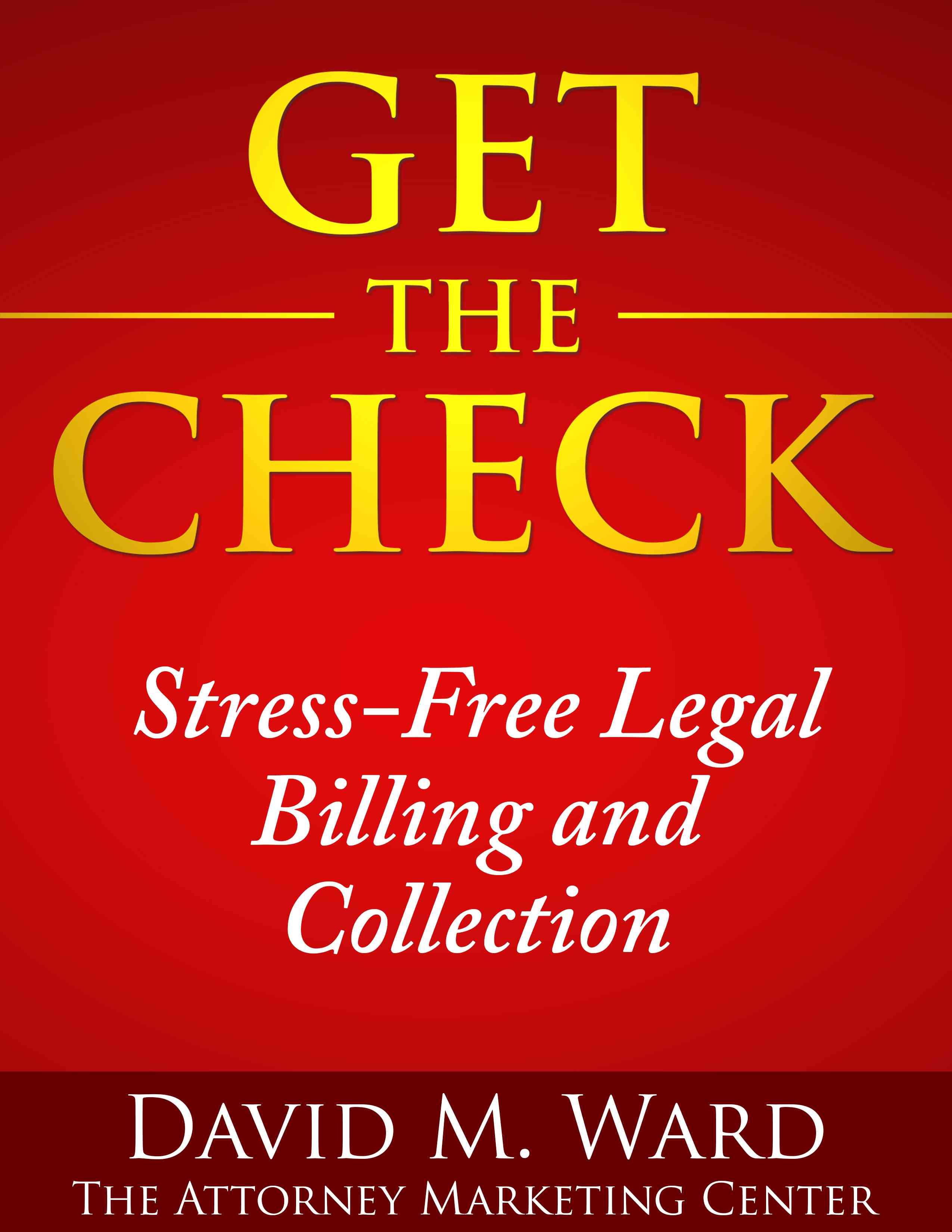There are lots of ways to market legal services but (news flash) you don’t have to do all of them. A few basics are all you need to build a successful practice and if I were you, that’s what I would focus on.
You can do more, but wouldn’t it be nice if you didn’t have to?
Okay, what are the fundamentals I’m talking about?
- Repeat business. Serve your clients well, make sure they know about all the services and benefits you offer, and stay in touch with them before, during, and after their current case or matter.
- Referrals. Teach your clients and professional contacts how they benefit when they refer others to you and the easiest and best way(s) to do that. You can ask for referrals, but it’s usually easier (for you) to mention that a case or client you’re talking about (in your newsletter, for example) was referred to you and how much you appreciate your client or colleague for doing that.
- Third party validation. Make sure your clients, prospects, and professional contacts see the benefits other clients got by hiring you. Gather reviews, testimonials, endorsements, and success stories, and feature them in all of your marketing content.
- Build relationships. All of your clients and professional contacts should hear from you regularly, via your newsletter, holiday message, or personal email. Spend personal time (in person or on the phone) with your best clients, referral sources, and closest professional contacts.
- Lead generation, not branding. If you do any advertising, direct mail, networking, writing, speaking, blogging, or any other marketing to the “cold market,” i.e., people you don’t know), don’t make it “one shot”—capture their email, stay in touch with them, tell them more about what you do and how you can help them (and people they know), and never stop doing that.
The key to building a successful practice is maximizing the lifetime value of your clients, and these fundamentals are how you do that.

